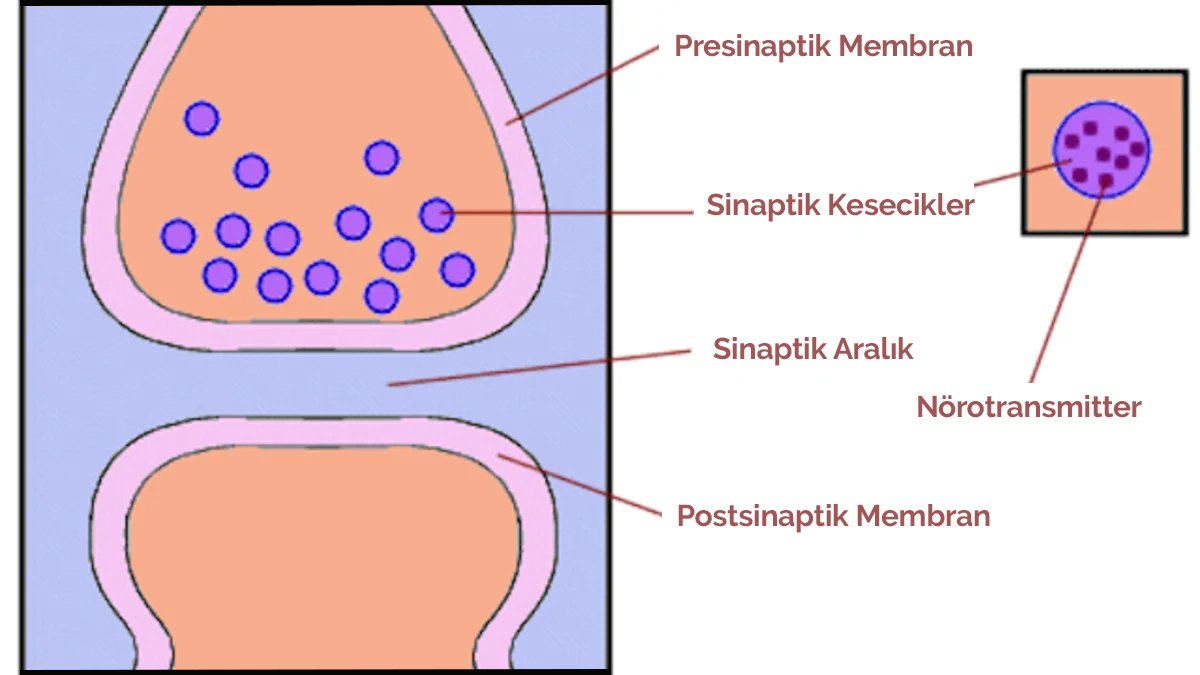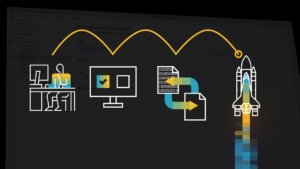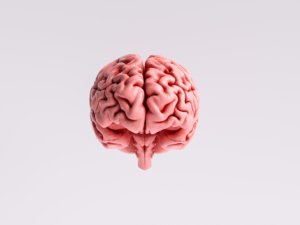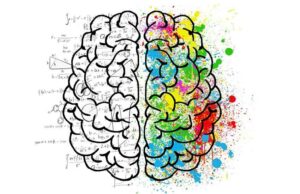Motivation, its impact is one of the most discussed topics. Especially when criticizing issues such as not having a sustainable mechanism, having a bumpy structure; it is an important element that changes our perspective when we are under its influence and allows us to move forward on many issues.
That’s why, besides finding the desired motivation, staying motivated becomes a big problem.
We must admit that we need motivation to do every job. The main source of procrastination, which is one of the most common everyday life problems of today, also comes from lack of motivation.
We have seen many examples of people with a certain motivation moving forward relentlessly. So how do these people’s brains work? How does motivation affect the brain? How can we create bursts of dopamine in our brains? Let’s take a closer look.
The Beginning Story of Motivation

To find out the source of motivation, we need to know that neurotransmitters are an important concept. Neurotransmitters create chemical messages to keep us awake and on duty, and these chemical messages are carried to our brain. Then our whole body begins to feel this effect.
The neurotransmitter that plays a leading role in the science of motivation is dopamine. Dopamine passes from one neuron to another as a chemical signal and interacts with various receptors in the synapse between these two neurons.

The way in which dopamine is taken is a determining factor in motivation. Dopamine can come in many ways: mesolimbic pathway, mesocortical pathway, nigrostriatal pathway, tuberoinfundibular pathway. However, the most important dopamine pathway for the reward center is the mesolimbic pathway.
On the mesolimbic pathway, neurons travel to different areas of the limbic system (the system responsible for the emotional processes of our brain) and play a major role in emotional behavior. These behaviors range from those that are biologically programmed, such as quenching hunger or thirst, to those that are purely social and learned.
The reward center of the limbic system is called the nucleus accumbens. In this area, emotions such as reward, pleasure, addiction, hope, determination and revenge are concentrated.
For example, achieving something that you have wanted to achieve for a long time allows you to experience a burst of signals in this area of your brain and get pleasure from it.
This is the main source of motivation. So how can we use this information?
What Is a Dopamine Burst?

Dopamine encourages you to do your duty in order to be rewarded.
Many people think of dopamine as just a neurotransmitter for pleasure. However, when researchers examined this issue, they encountered an interesting phenomenon.
Dopamine bursts can also be experienced during times of high stress. Like soldiers with PTSD release dopamine when they hear gunshots.
Research at Vanderbilt University examined the brains of people who were described as “lazy” and “hardworking”. They found that people with a very high urge to work in them had higher levels of dopamine in the striatum and prefrontal cortex (two areas also known to influence motivation and feelings of reward).
In the group called lazy, dopamine was present in the anterior insula, a region that plays a role in emotion and risk perception.
Which way the dopamine comes from is therefore extremely important.
UConn researcher John Salamone has this to say about dopamine levels:
“Low dopamine levels make humans and other animals less willing to work. Apart from pleasures, dopamine also has to do with motivation and cost/benefit analysis.”
How Can We Use the Principles of Dopamine Secretion for Efficiency in Professional and Everyday Life?

We’ve learned that motivation comes from a burst of dopamine created by the expectation that something important will happen. So how can we make it useful in our daily life?
A standard way to achieve rewarding experiences is to set incremental goals. Dopamine will increase as a result of the positive reinforcement that comes after completing a step and overcoming a subsequent challenge.
Here are some elements that will increase your dopamine flow:
• Record your small achievements: The to-do list shows how you achieved your goals and strengthens your belief about it. As you progress, you will feel the effects of dopamine more.
• Share your success with your team and your community: Talking about results (positive or negative) provides an opportunity for positive feedback. At the same time, appreciating the work of the people around you also raises your dopamine levels.
• Stay on task with micro deadlines: Put all your focus on one subject at a time. Sit down and finish what you have to do. Unfinished business always reduces your productivity. However, the pleasure of finishing your work in one sitting is completely different.
• Focus on the feeling of finishing: Focus on this sense of accomplishment you feel in parallel with the articles above. This system, which professors from Michigan call results-focused focus, will give you reasons to stay motivated.
✍️ Editor’s Note and Final Thoughts
We should not forget that the concept of dopamine is very important in motivation. However, one of the important points here is how you provide dopamine to yourself.
Once you understand the working principles of dopamine release pathways, you can determine your own motivational factors more clearly and use them to increase our efficiency in this direction.













